

V. V. Vereshchagin: literary-artistic
cartographyof life and work
If the 19th century ever had a prophet, that was the Russian artist Vereshchagin.
From the English newspaper «Christian», dated December, the 2nd, 1887.
Vasily Vasilievich Vereshchagin
The name of Vasily Vasilievich Vereshchagin, a great artist and our countryman is often met in Cherepovets. In the city there is the Memorial house-museum of the Vereshchagin, Vereshchagin street, the monument to the famous artist, Vereshchagin square. Cherepovets regional college of arts and art crafts named after V.V. Vereshchagin and The city’s Central library are called after him.
Vasily Vasilievich Vereshchagin (October 14 (26), 1842 – March 31 (April 13), 1904) is the greatest Russian artist of the second part of the 19th century who stands out of all the art movements and schools; according to Aleksandr Benois, he is «the most popular personality in the Russian art not only in Russia, but all over the world at one point».
Besides art, V.V. Vereshchagin went in for literary activity. He wrote narratives, essays, memoirs, travel notes, publicist articles.
It was a person of a curious fate. He was born in a district town of Cherepovets, Novgorodskaya province (now Cherepovets is a part of Vologda region). The parents of the promising artist seemed to foredoom his further life in the early childhood: they sent him to study the Naval cadet corps in St. Petersburg. However, V.V. Vereshchagin did his own way. He decided by himself where he should study, what to do, where and how to live, how to communicate with the powers.


He had his independent opinion, based on his own observation and experience and received during the far and hard expeditions too: «I remember pondering and thinking a lot at sea, then while travelling along the deserts and gorges of the mountains». The life of V.V. Vereshchagin was a great travel. He visited all the continents, except for Australia and Antarctica, he studied far-away countries and the Russian North, he lived in European capitals and in hardly accessible places. The artist draw what he had seen in these travels. The genre range of V.V. Vereshchagin was sketches and etudes, plot compositions, nature and architecture landscapes, portraits. In his works he reflected the world in a very realistic, precise way and reached omnitemporal generalization. The artist’s realism is not impartial photographic accurateness, the artist, for sure, expressed his attitude to what he drew. According to V.V. Vereshchagin, «the most strict dealing with all the details of creativity does not exclude the ideas, but contains them».
Time passes, historic events go away with it into the past. The artist’s works let the next generations – you and us - see this past. His works make us start thinking about the good and the evil, truth and patriotism, about the fact that the world is very various, but the man’s life is valuable and fragile. While observing the pictures of the artist, reading his literary works, every person may make his own discovery of V.V. Vereshchagin.
Cartography of the life
and work of V. V. Vereshchagin


Амстердам

The Balkans. The Balkan series of paintings
More
Берлин
More
Бреславль (Вроцлав)

Брюссель

Будапешт
More
Варшава
More
Вена
More
Вильно (Вильнюс)
More
Гамбург
More
Гельсингфорс (Хельсинки)
More
Дрезден
More
Дюссельдорф
India. Indian series of paintings.
MoreThe Caucasus
More
Кенигсберг

Киев

Копенгаген
MoreThe Crimea
More
Лейпциг

Лондон
More
Москва
MoreMoscow. A series of paintings “Napoleon I in Russia”
More
Нью-Йорк
More
Одесса
More
Париж
More
Петербург
MoreTraveling around Russia
More
Прага
More
Ревель (Таллинн)

Рига
MoreRussian North
MoreSyria and Palestine. Paintings on Evangelical Subjects
More
Стокгольм
MoreTurkestan. Turkestan series of paintings
MoreThe Study at the Workshop of the Artist J. L. Jérôme.
More
Филадельфия, Сент-Луис, Вашингтон, Бостон
MorePhilippines, USA, Cuba
More
Франкфурт-на-Майне

Харьков
More
Христиания (Осло)
MoreTsarskoye Selo, St. Petersburg
MoreCherepovets
More
Чикаго
More
Юрьев (Тарту)
Japan. Japanese series of paintings
More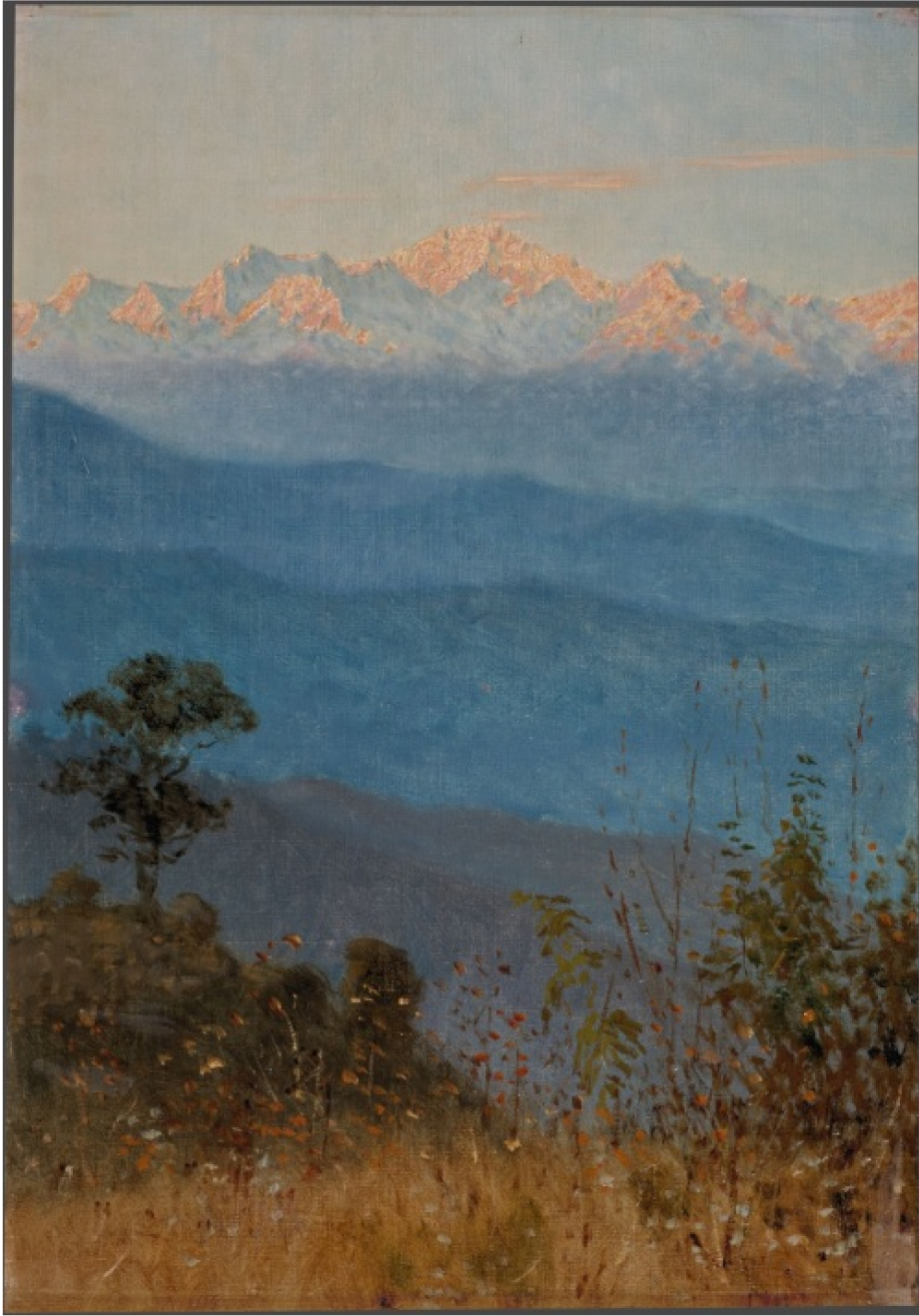
Гималаи вечером.
1875 г., холст, масло, 39,9 x 28,2; (основа); 37,7 х 26,3 (авторский холст)
Государственная Третьяковская галерея
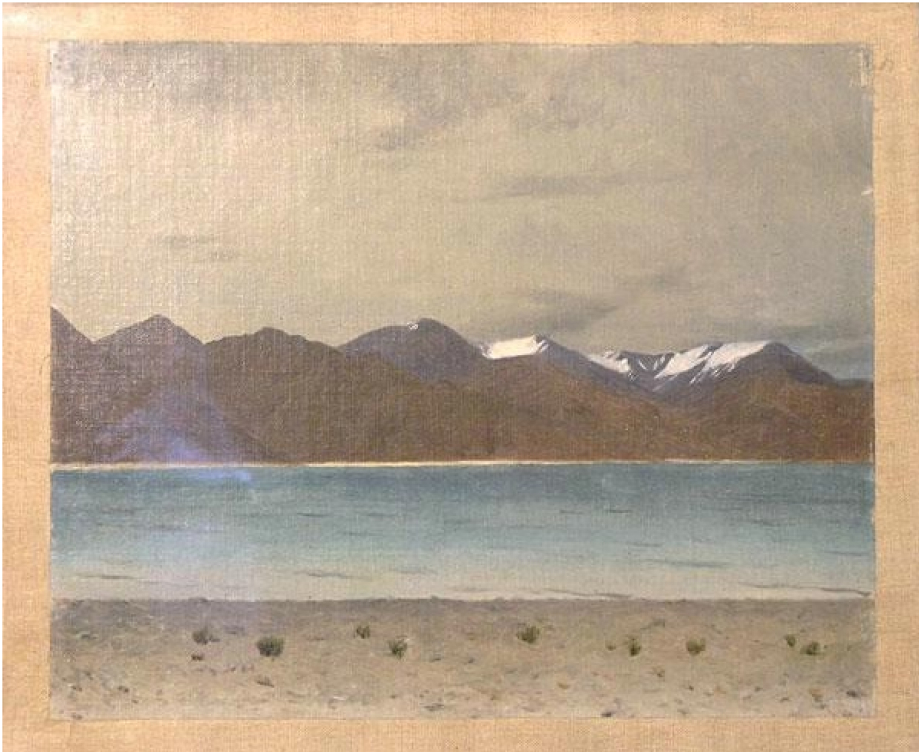
Озеро.
1874–1876 гг., холст, масло, 25 х 30 см
Переславский музей-заповедник
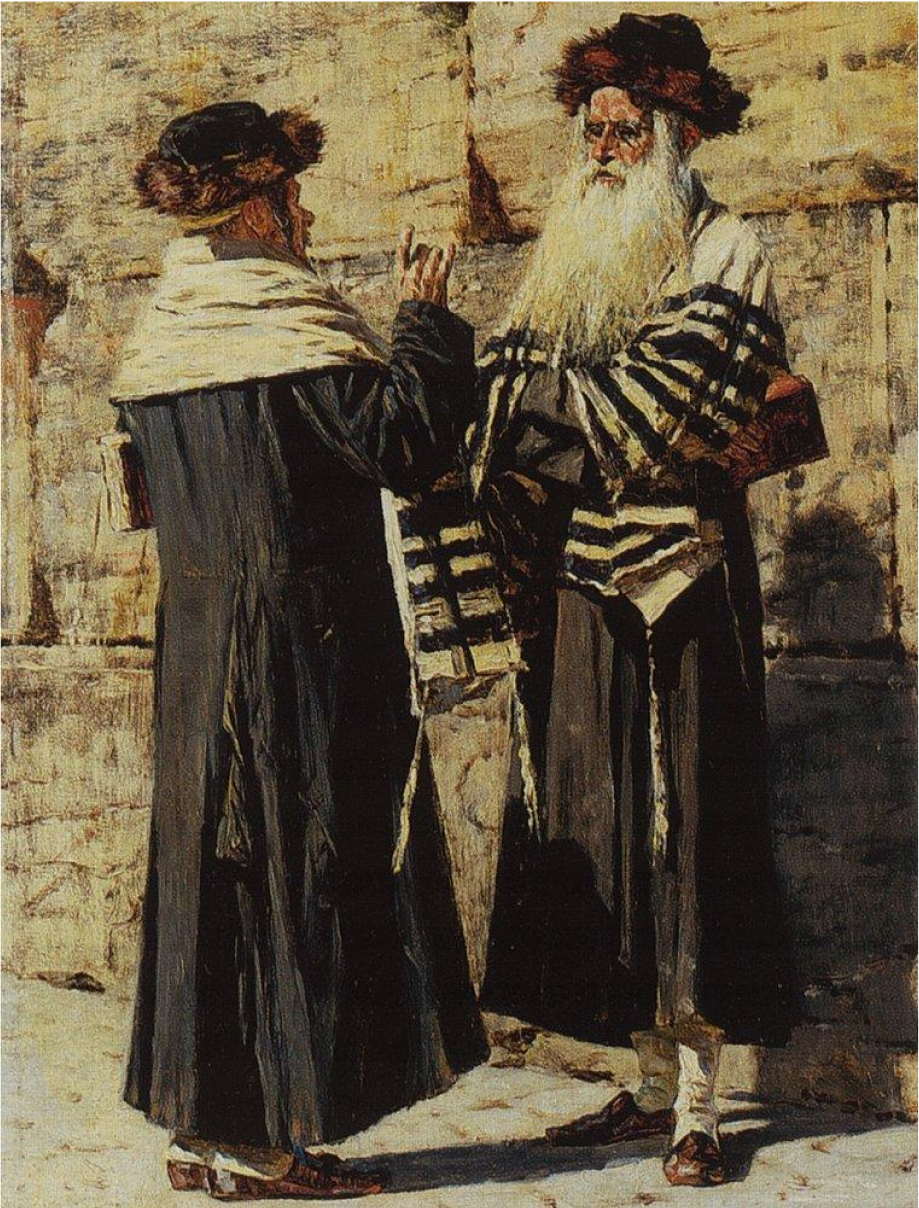
Два еврея.
1883–1884 гг., дерево, масло, 28,7 x 21,6; в раме: 62 x 55,7; в свету: 26,4 х 20,4
Государственная Третьяковская галерея
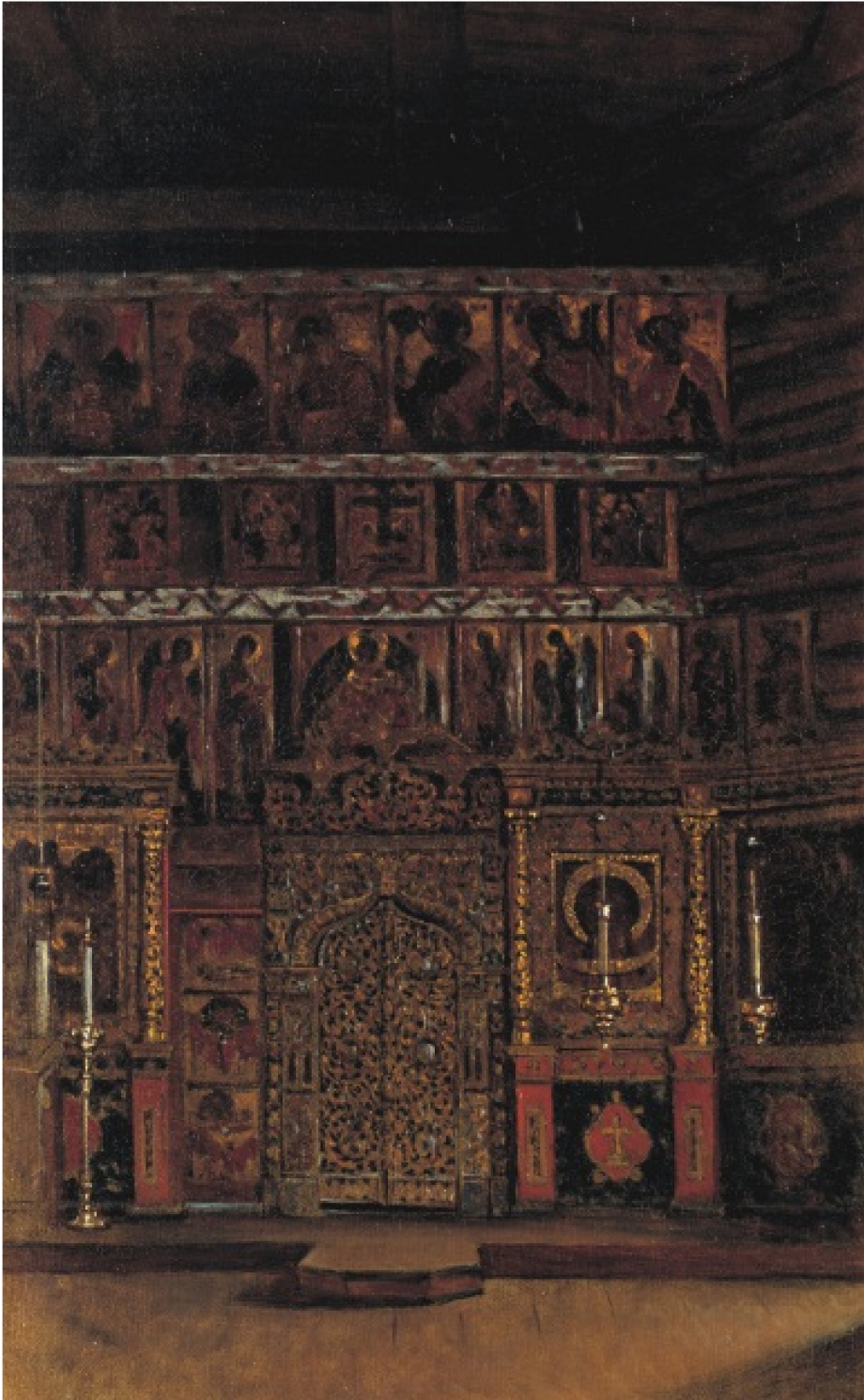
Иконостас церкви в селе Белая Слуда Вологодской губернии.
1894 г., холст, масло, 51,5 x 33,2; в раме: 68,3x50,6; в свету: 49 х 31,2
Государственная Третьяковская галерея
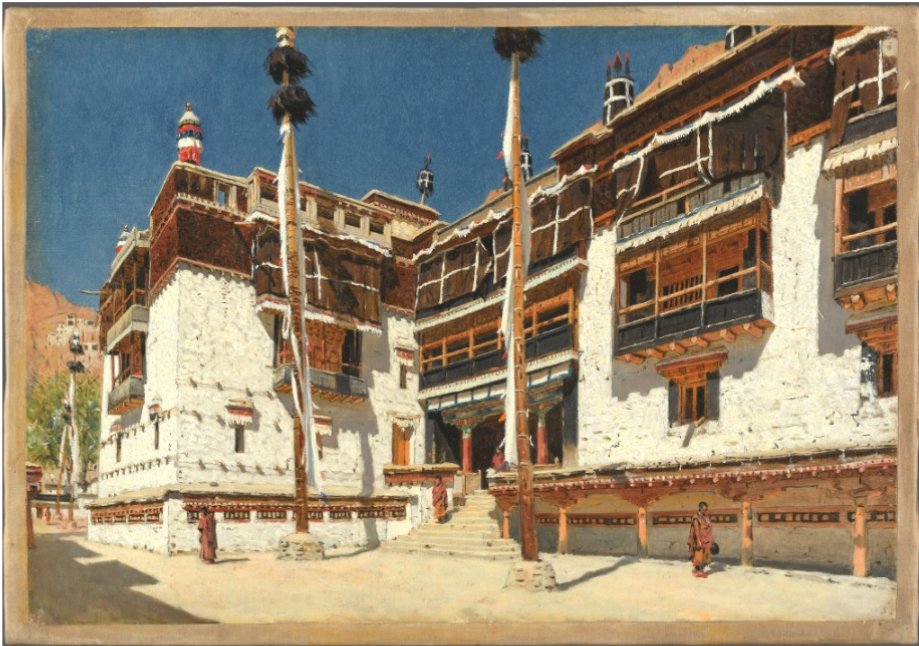
Монастырь Хемис в Ладаке.
1875 г., холст, дублированный на холст, масло, 28,7 x 41; 26,7 х 39 (авторский холст)
Государственная Третьяковская галерея
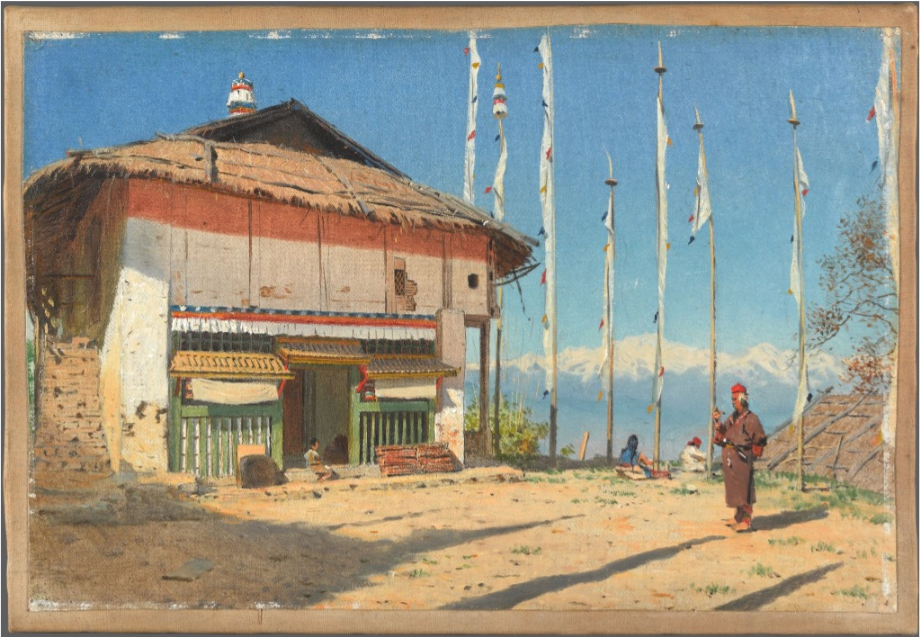
Буддийский храм в Дарджилинге. Сикким.
1874 г., холст, масло, 38 x 40,7; в раме: 65,5 x 78,5
Государственная Третьяковская галерея
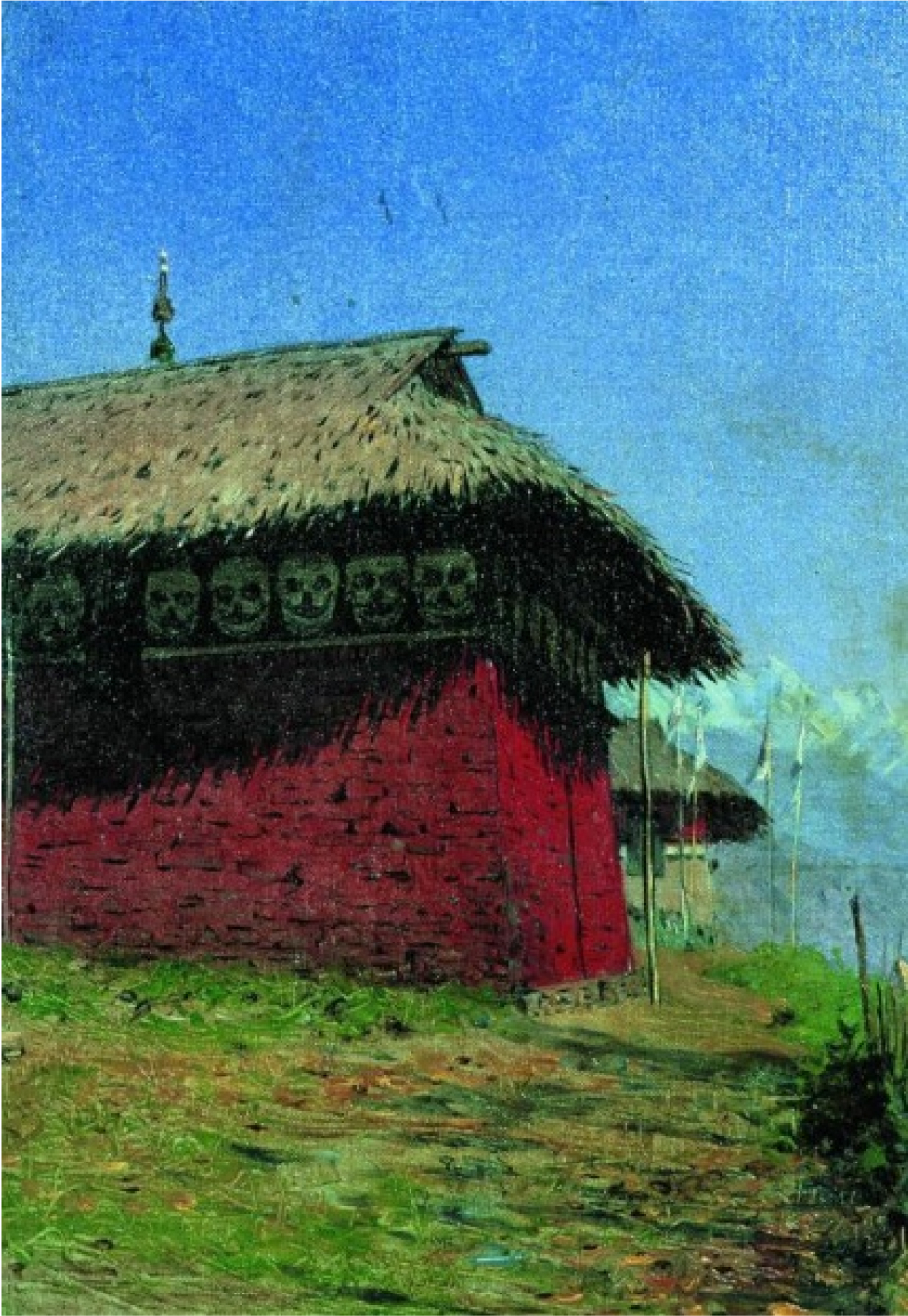
Храм бога войны.
1874–1876 гг., холст, масло, 29 х 22
Саратовский государственный художественный музей имени А. Н. Радищева
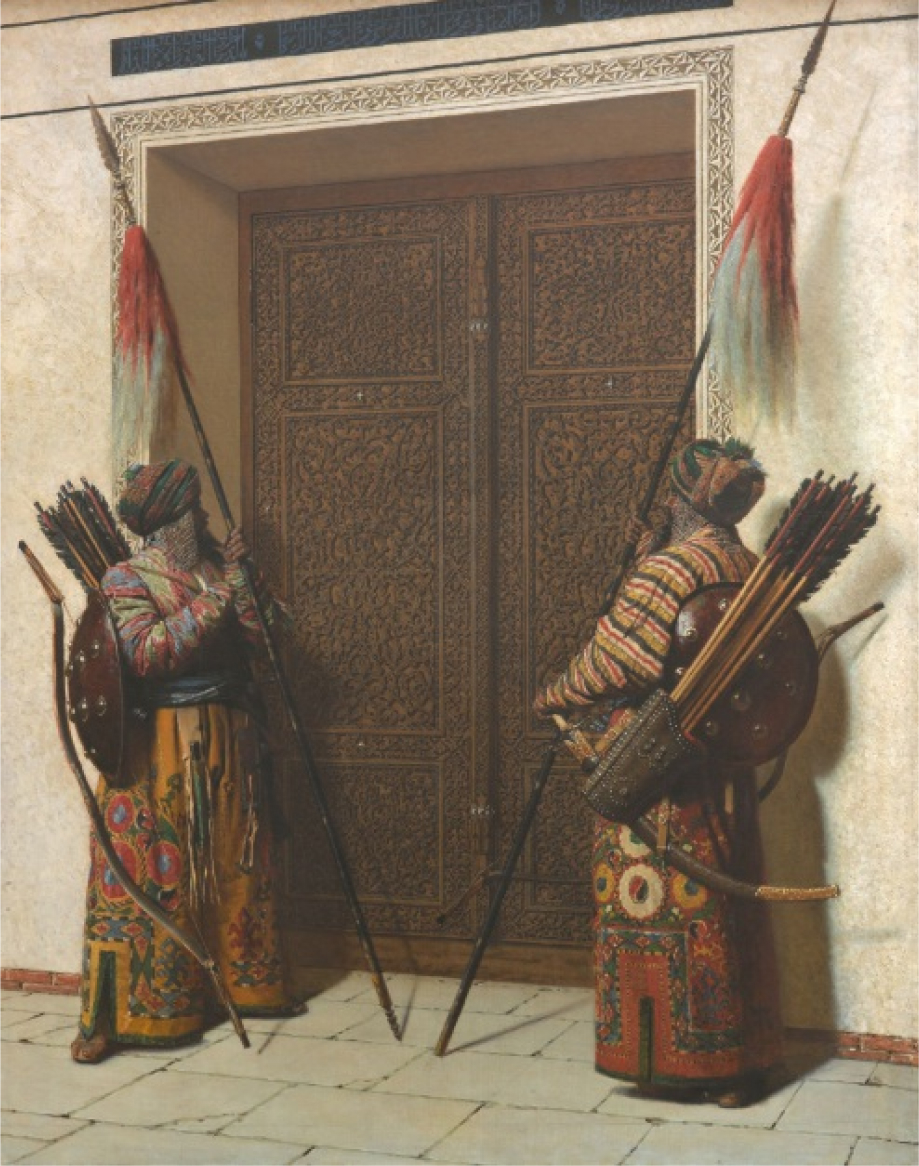
Двери Тимура (Тамерлана).
1872 г., холст, масло, 216 x 172,5; в раме: 269,3 x 225; в свету: 213 х 168,3
Государственная Третьяковская галерея
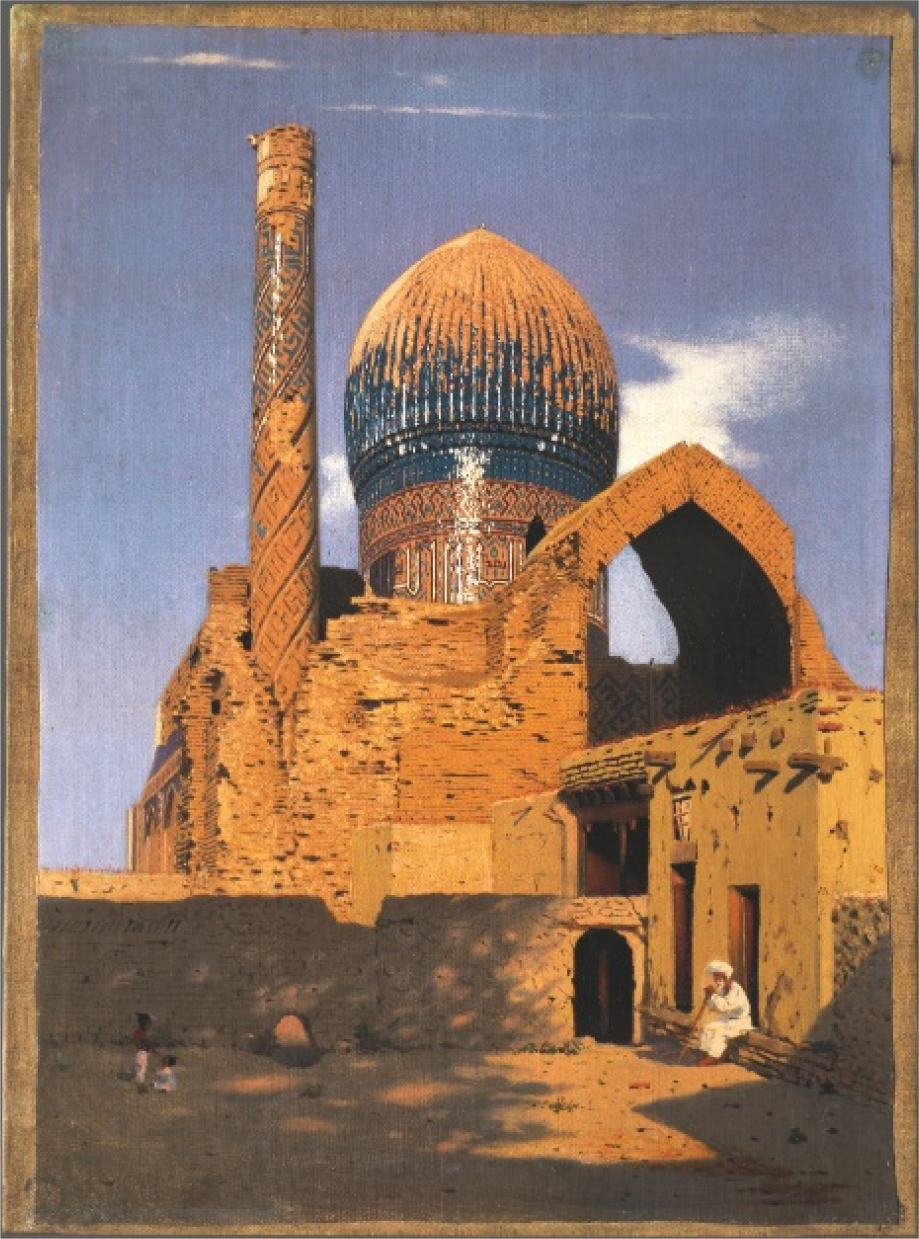
Мавзолей Гур-Эмир. Самарканд.
1869 – 1870 гг., холст, масло, 36,8 х 27
Государственная Третьяковская галерея
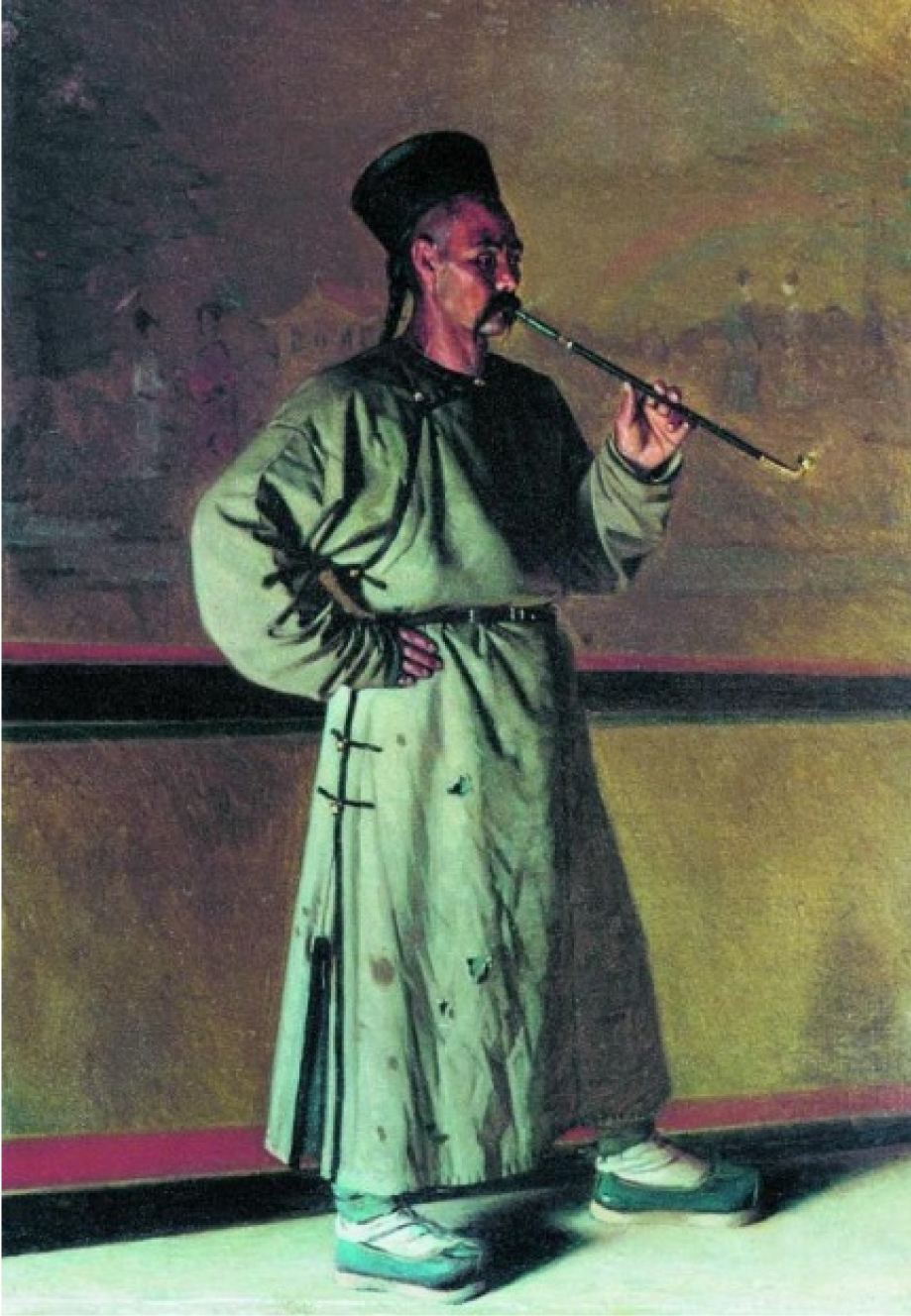
Солон.
1869 – 1870 гг., холст, масло, 37,5 х 27
Саратовский государственный художественный музей имени А. Н. Радищева
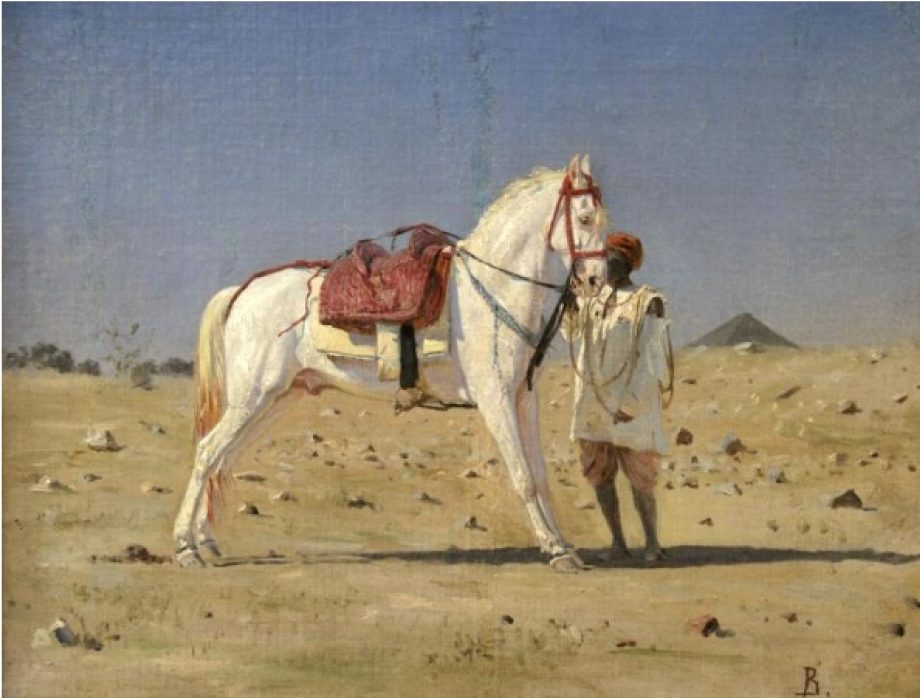
Белая лошадь. Этюд.
1883 г., холст, масло, 28,5 x 36
Рыбинский государственный музей-заповедник
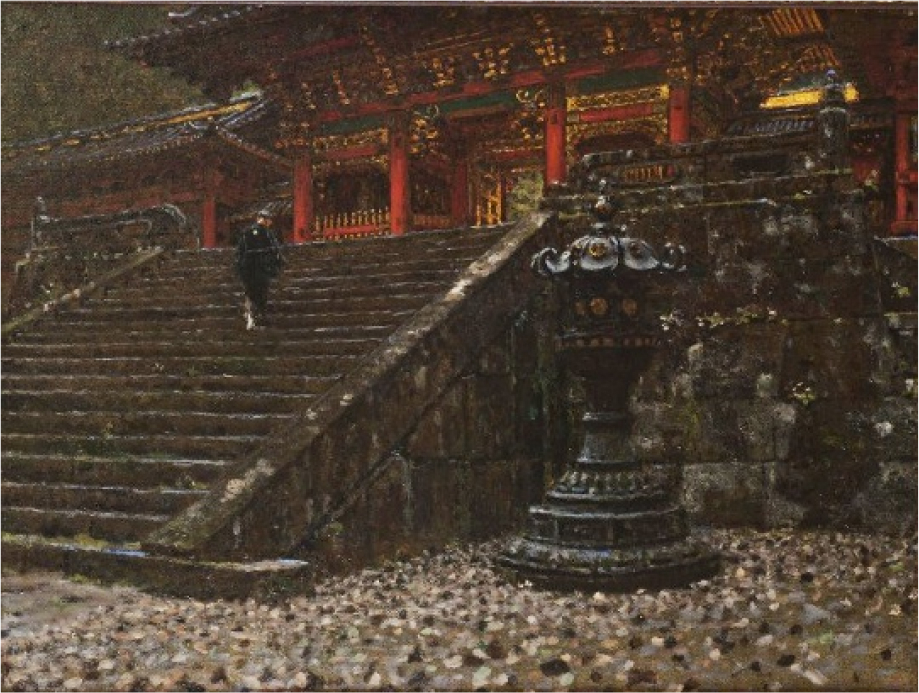
Храм в Никко.
1903 г., холст, масло, 45,7х60,8 см
Новгородский музей-заповедник, Великий Новгород
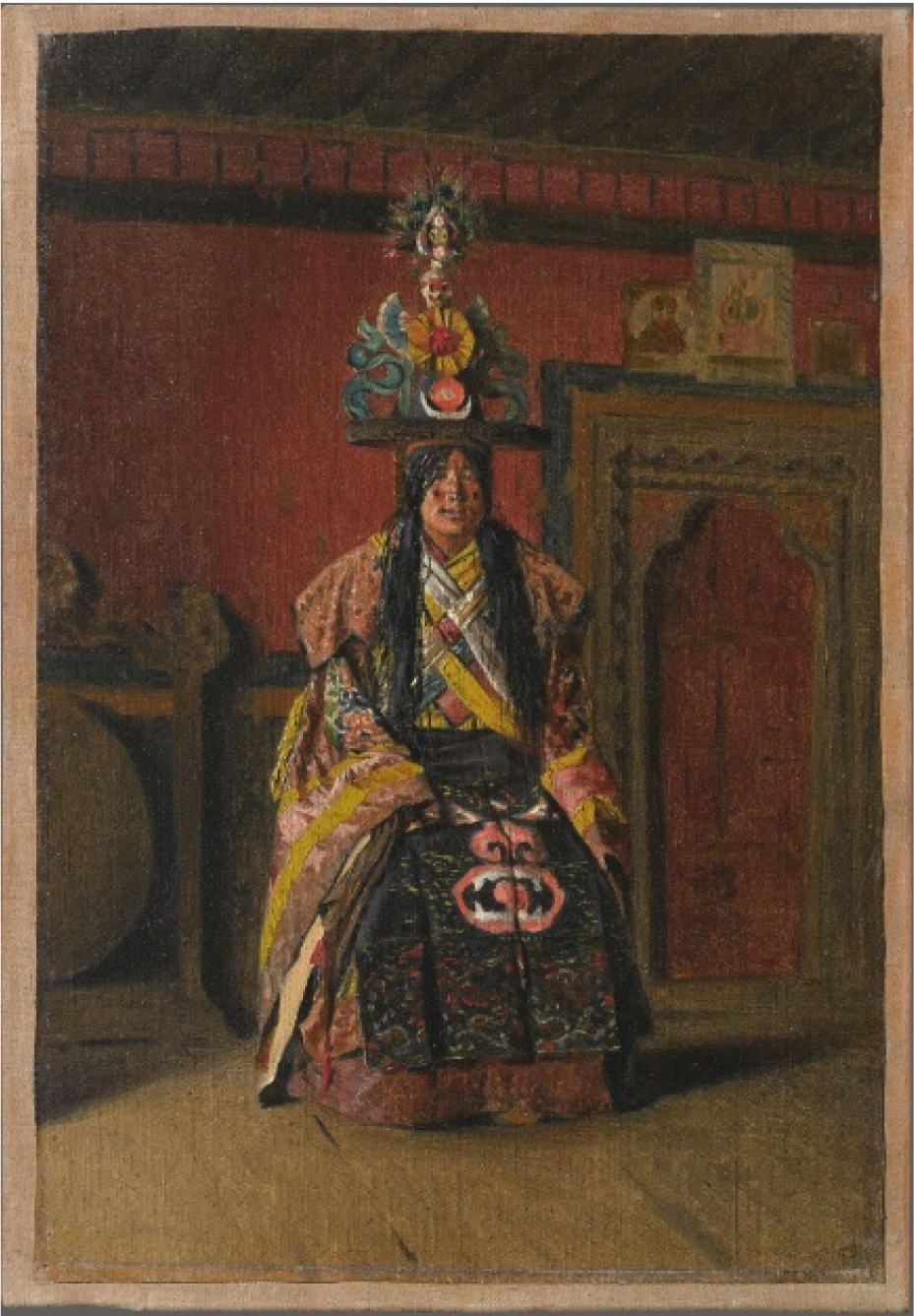
Буддийский лама на празднике в монастыре Пемиончи. Сикким.
1875 г., холст, дублированный на холст, масло, 41,7 x 28,4; (основа); 39,2 х 26,6 (авторский холст)
Государственная Третьяковская галерея
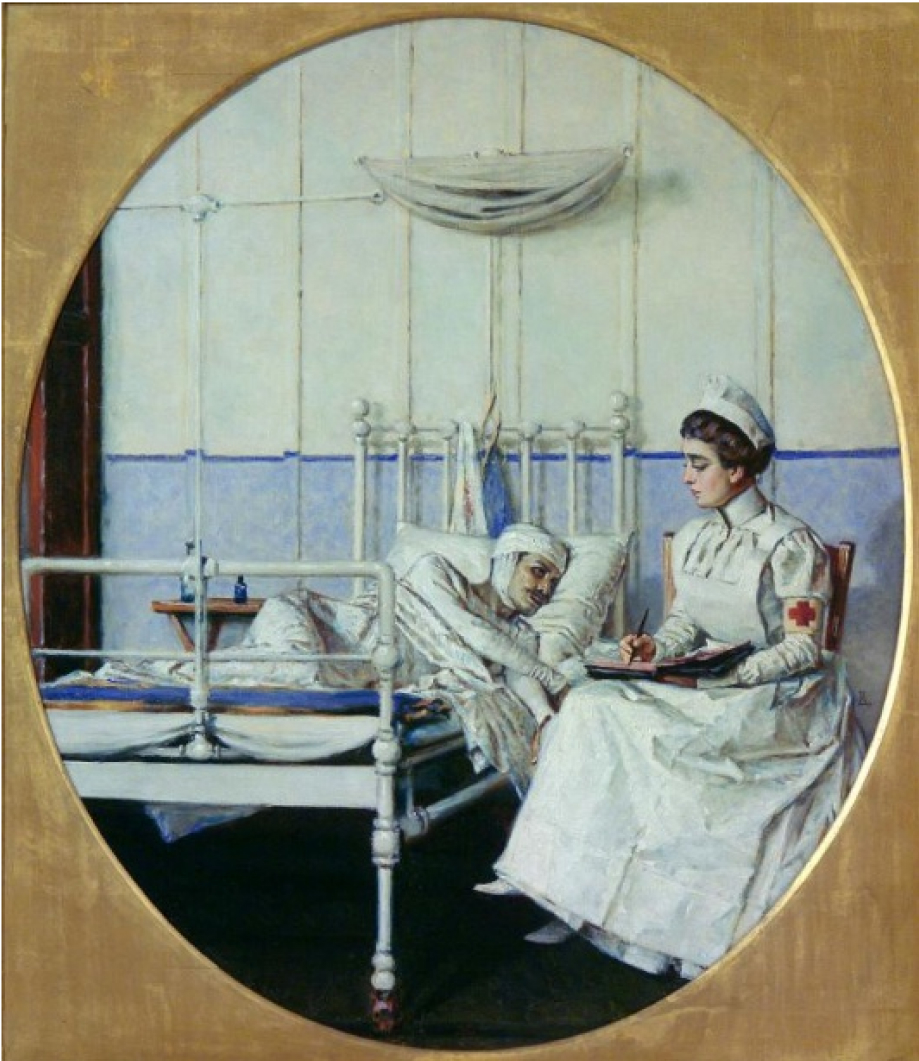
Письмо на родину (Письмо к матери).
1901 г., холст, масло, 61 х 40,5
Ярославский художественный музей
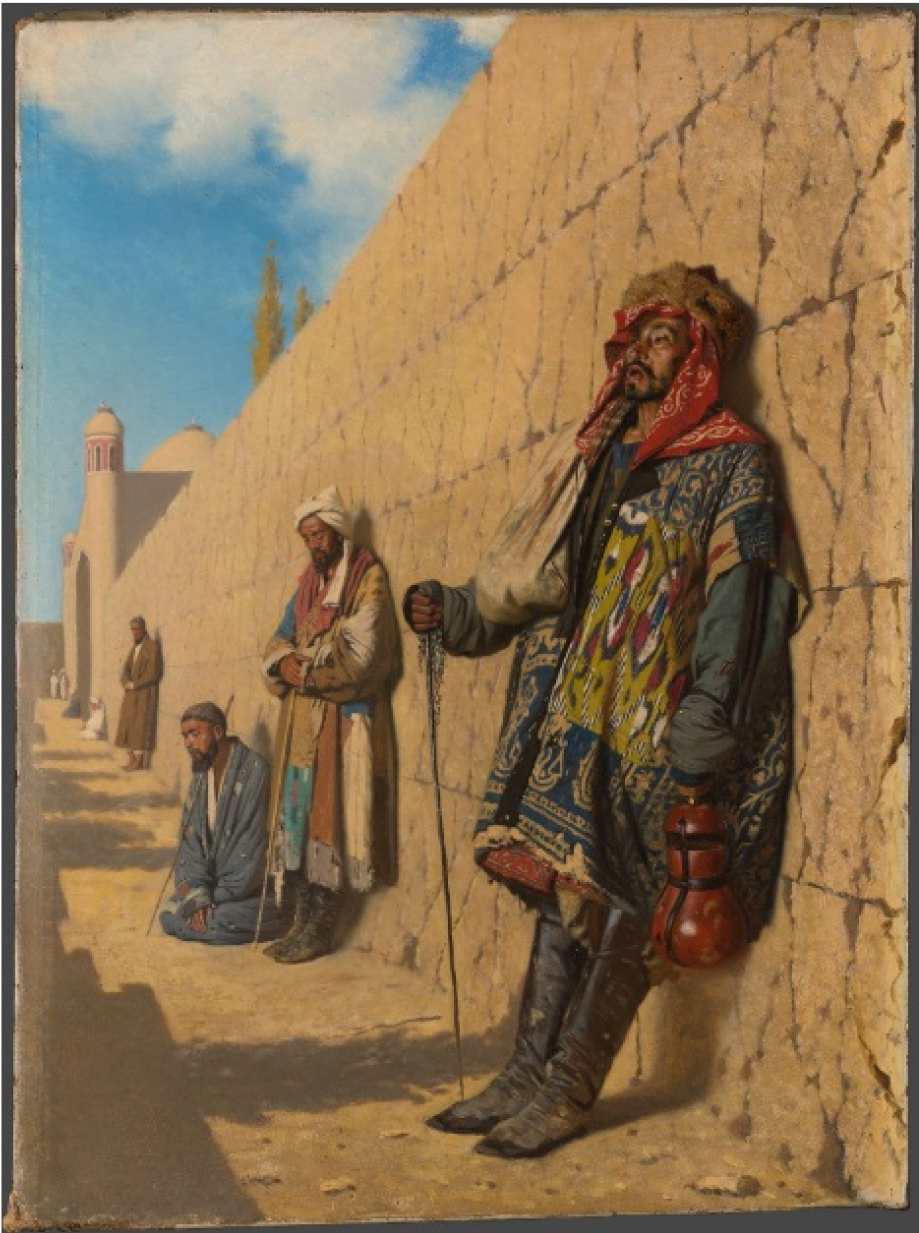
Нищие в Самарканде.
1870 г., холст, масло. 51,8 x 38,1
Государственная Третьяковская галерея
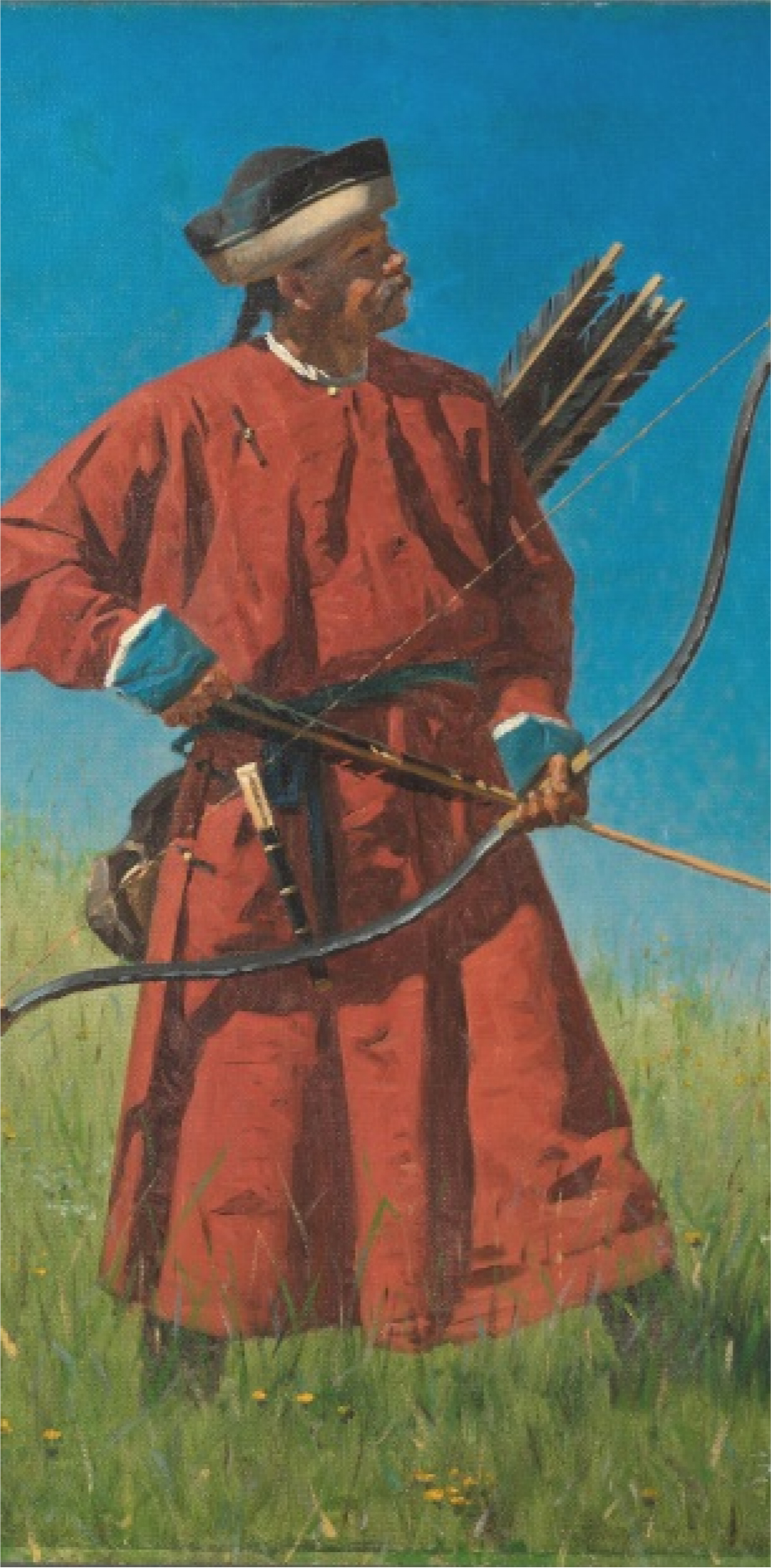
Бухарский солдат (сарбаз).
1873 г., холст, масло. 91,3 x 66,7; в раме: 112,5 x 87,5; в свету: 89,3 x 65
Государственная Третьяковская галерея
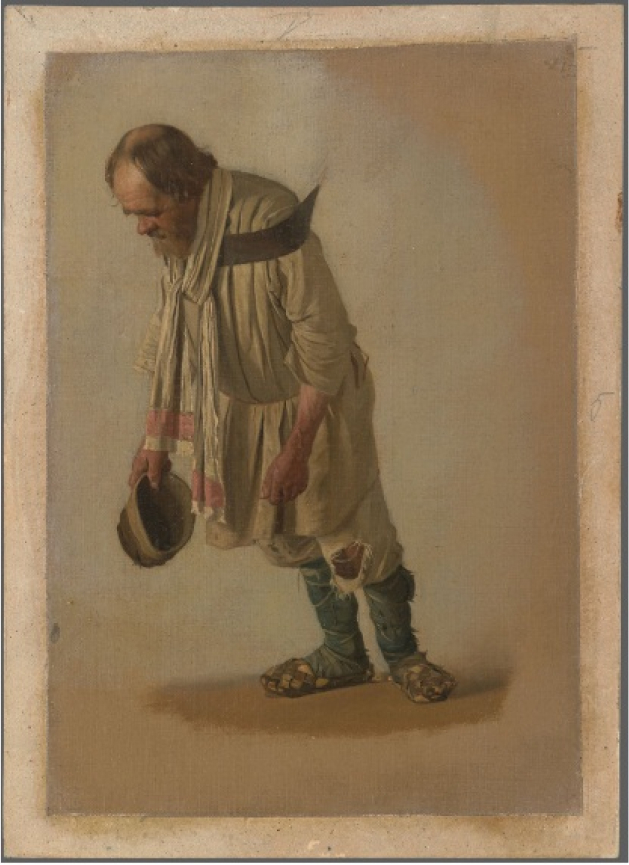
Бурлак с шапкою в руке.
1866. Холст на картоне, масло, 35,7 x 26
Государственная Третьяковская галерея
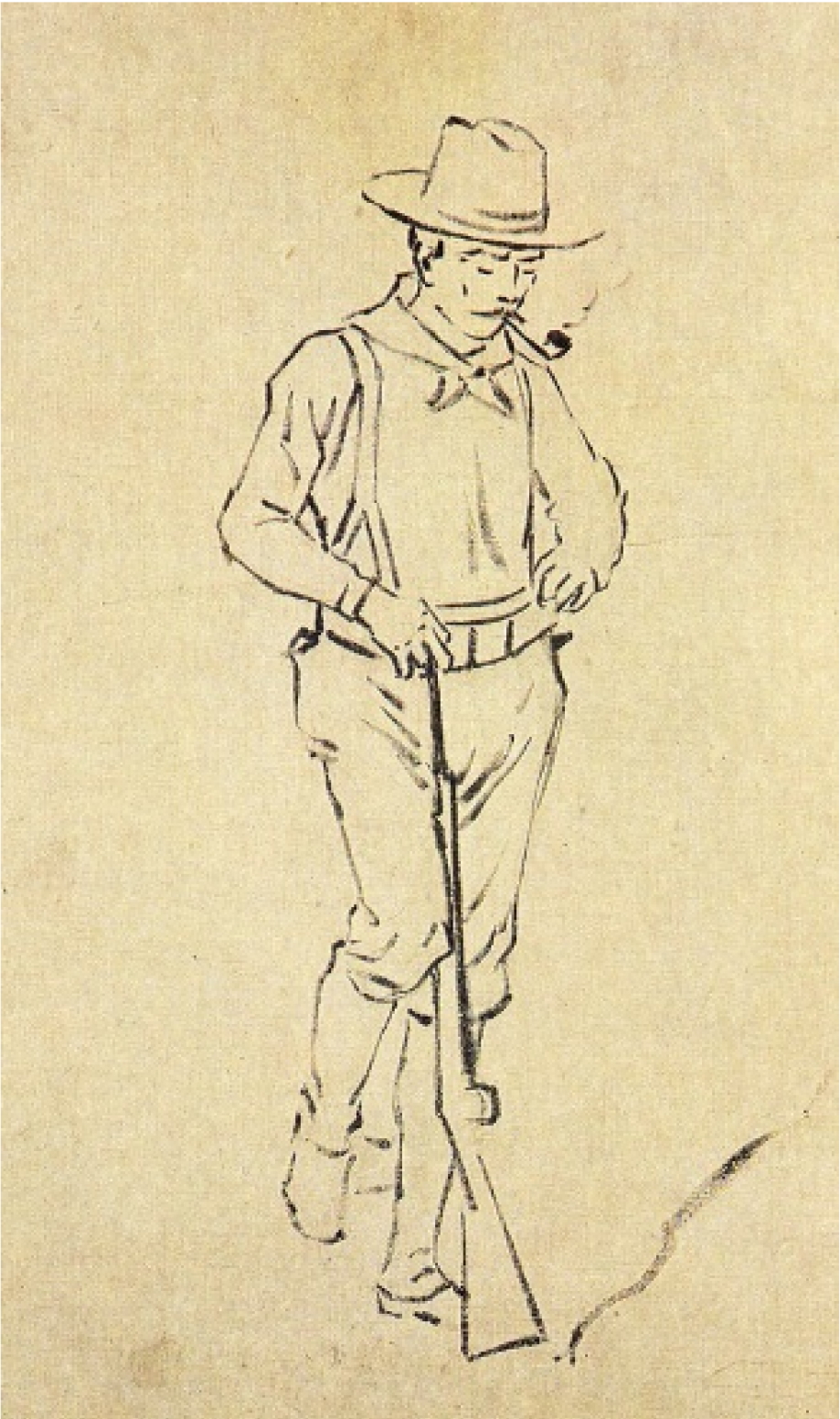
Солдат американской армии.
1902 г., холст, масло, 61 х 40,5
Государственный Русский музей
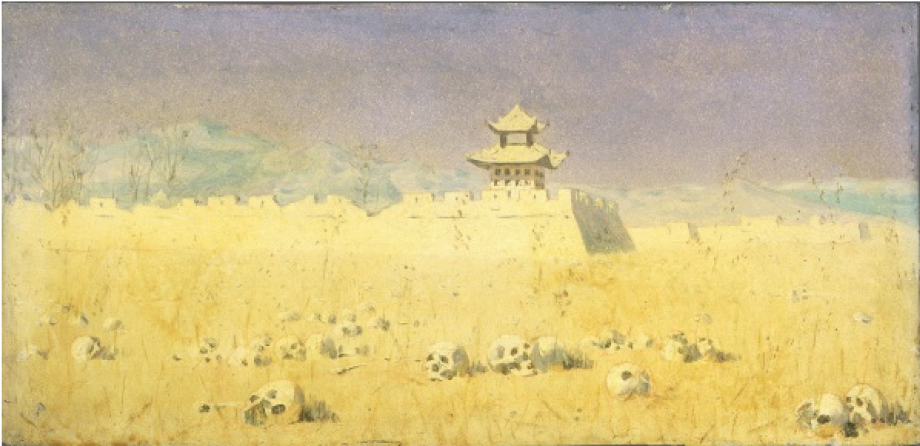
Развалины Чугучака.
1869 – 1870 гг., дерево, масло, 18 x 38
Государственная Третьяковская галерея
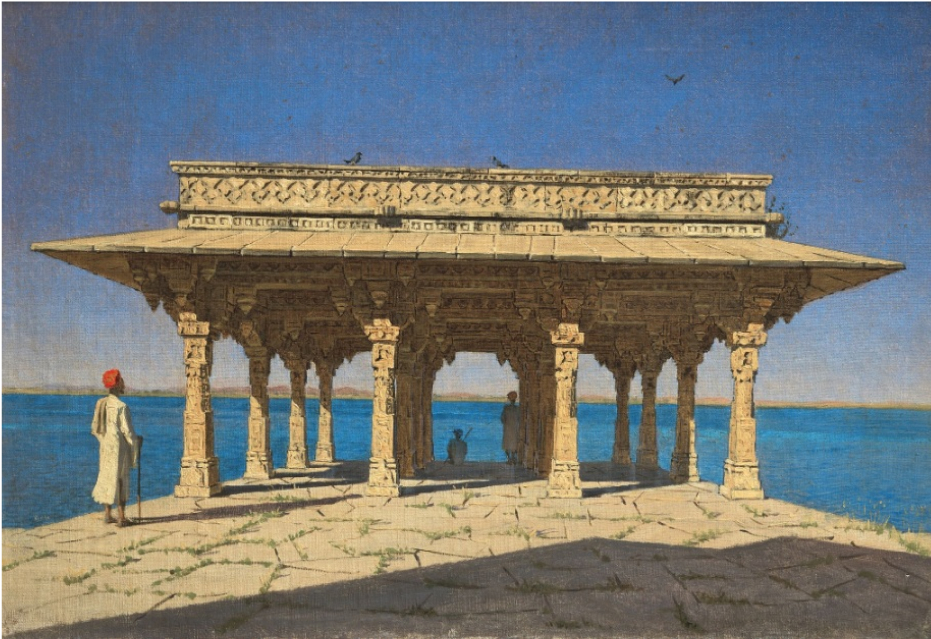
Вечер на озере. Один из павильонов на Мраморной набережной в Раджнагаре (княжество Удайпур).
1874 г., холст, масло, 28,4 x 40,6; в раме: 61 x 74 x 10
Государственная Третьяковская галерея
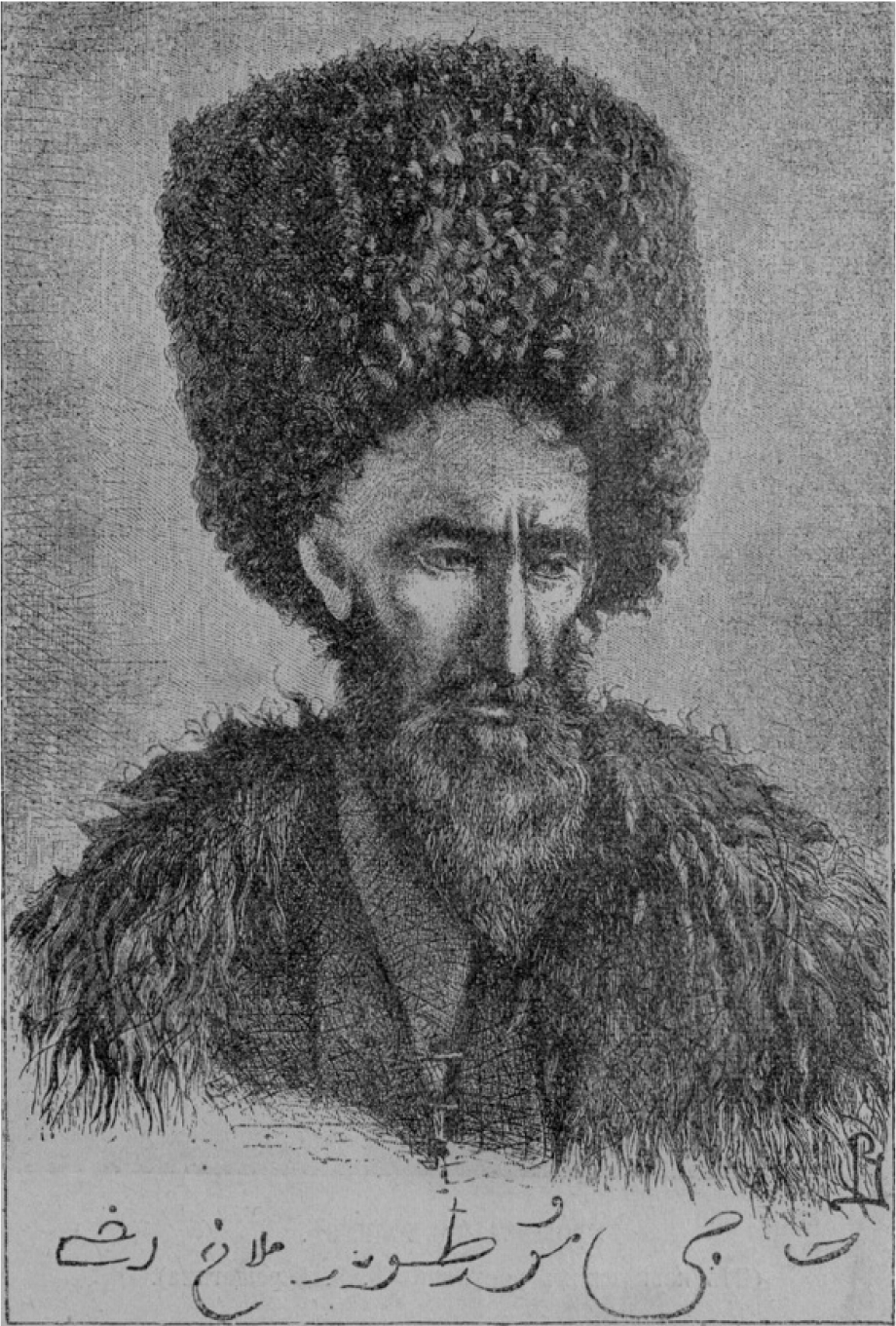
Лезгинец Хаджи Муртус из Дагестана
Из книги: Булгаков Ф. И. В. В. Верещагин и его произведения : иллюстрированное издание. Санкт-Петербург : Типография А. С. Суворина, 1905
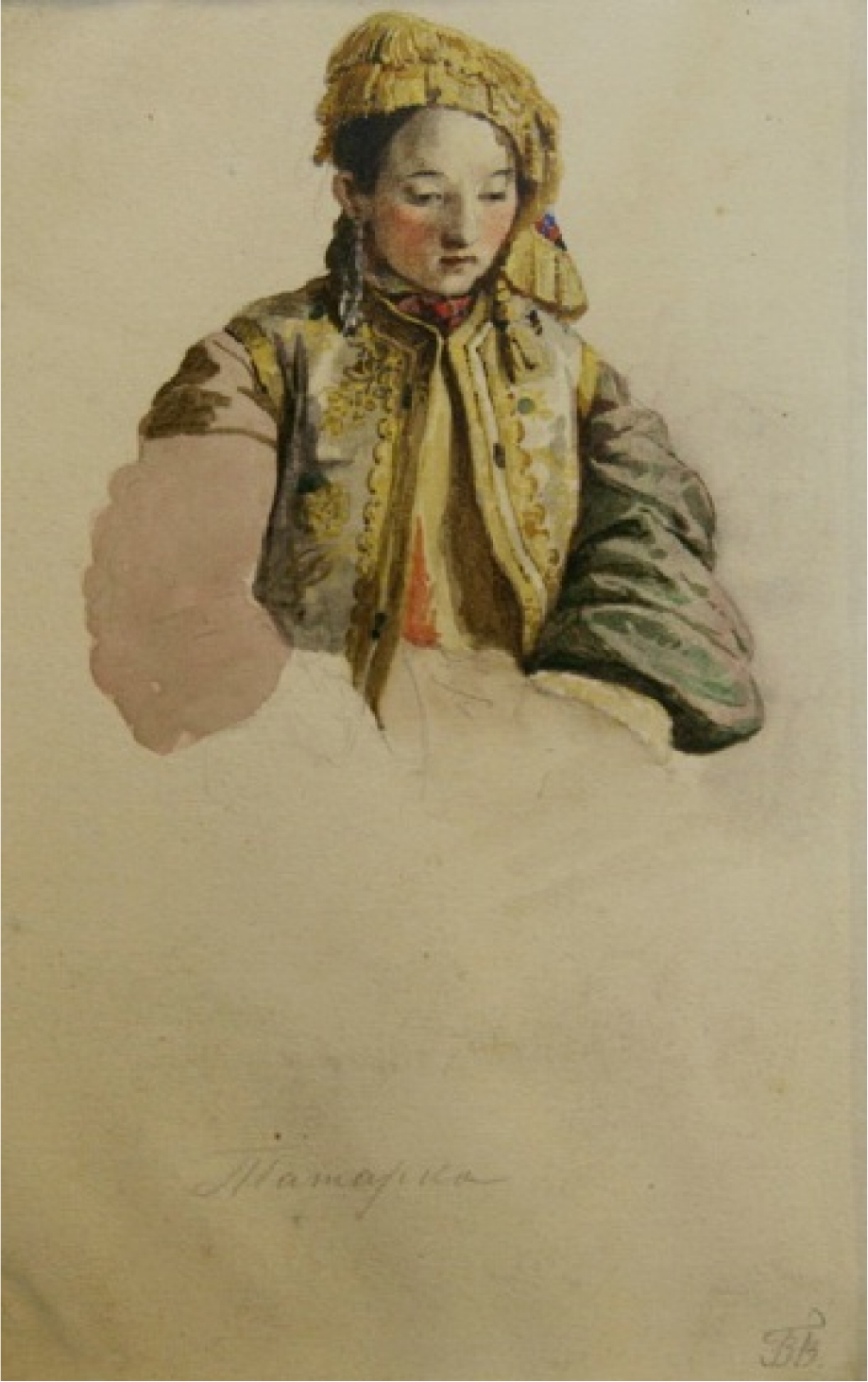
Татарка.
Б. д., бумага, карандаш, акварель, 15,5 х 9,8
Тамбовская областная картинная галерея
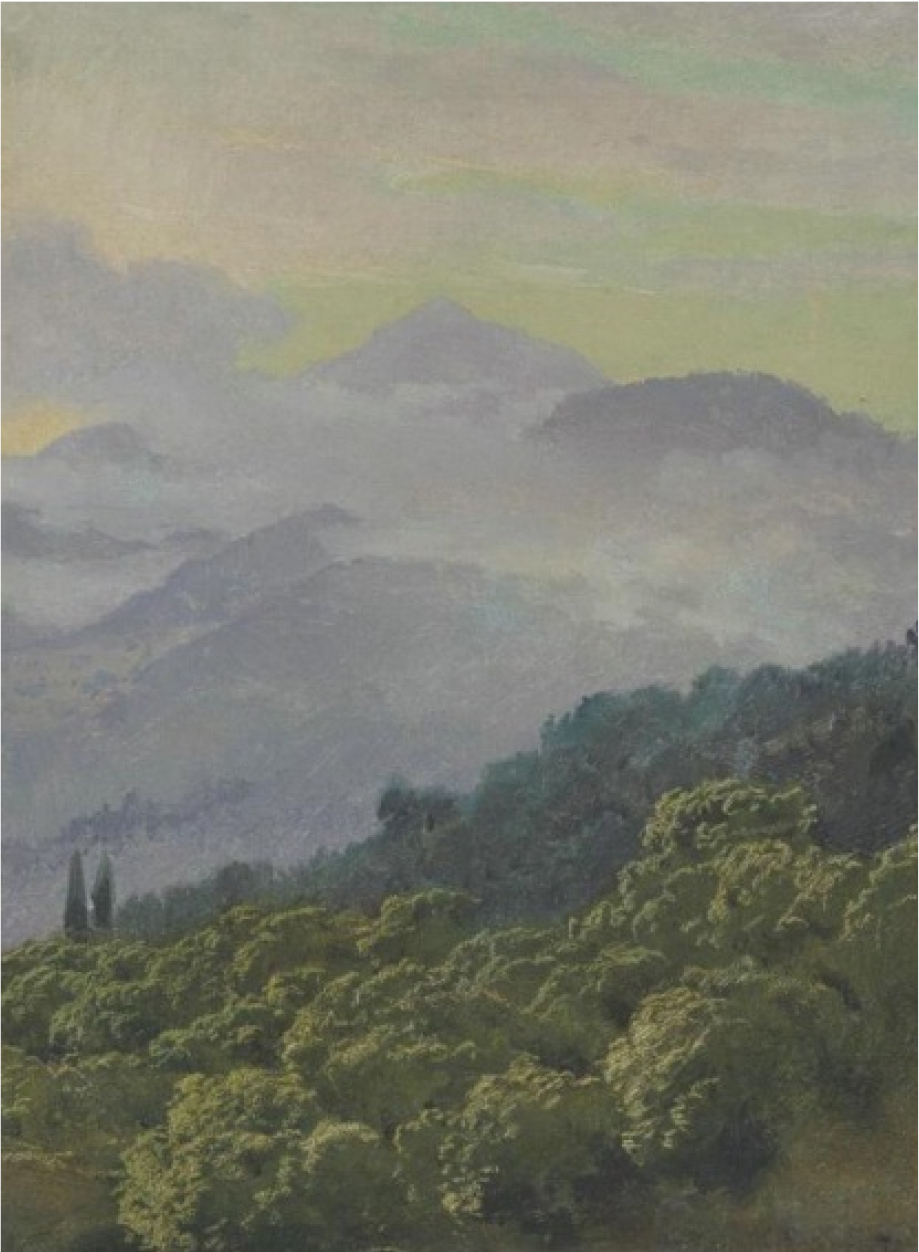
Вид Крымских гор. Этюд.
Вторая половина XIX века, дерево, масло, 37 x 28
Рыбинский музей-заповедник
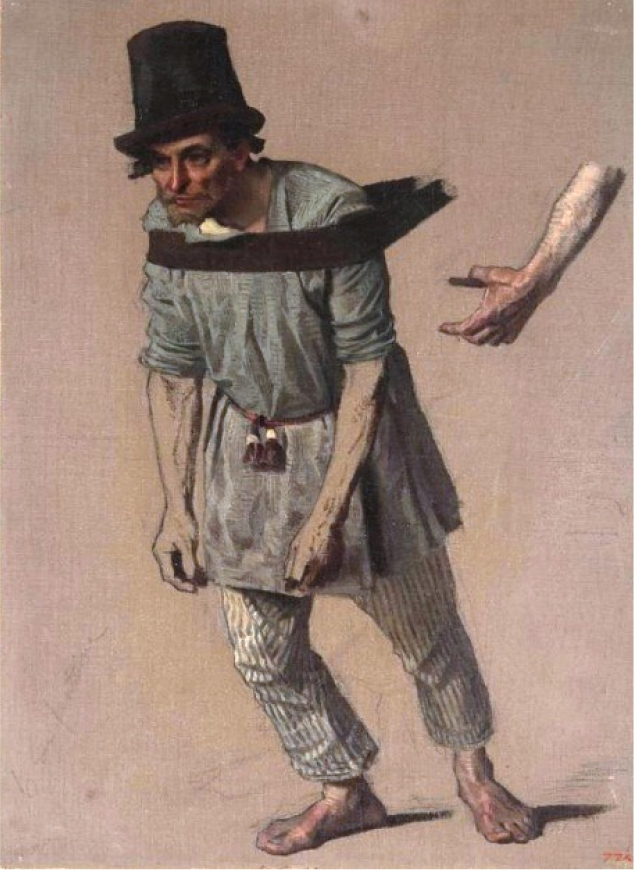
Бурлак. Этюд.
Около 1866. Холст на картоне, масло, 33 х 24
Государственный Русский музей